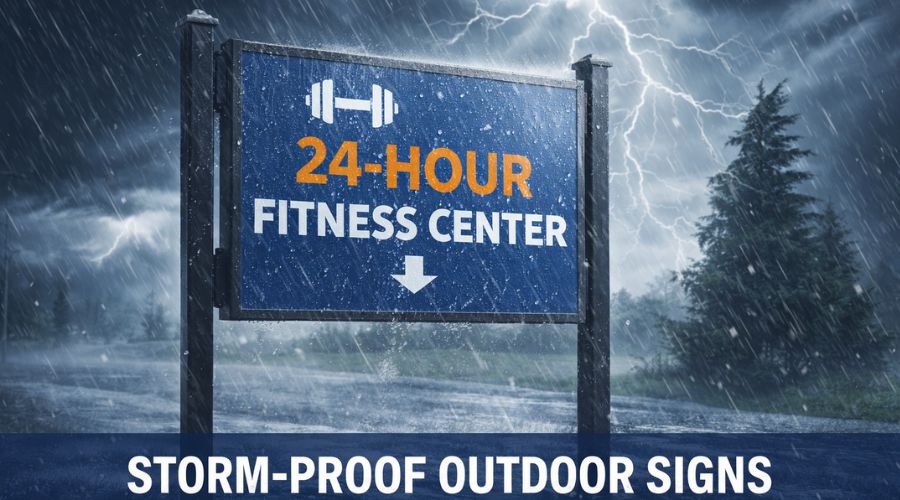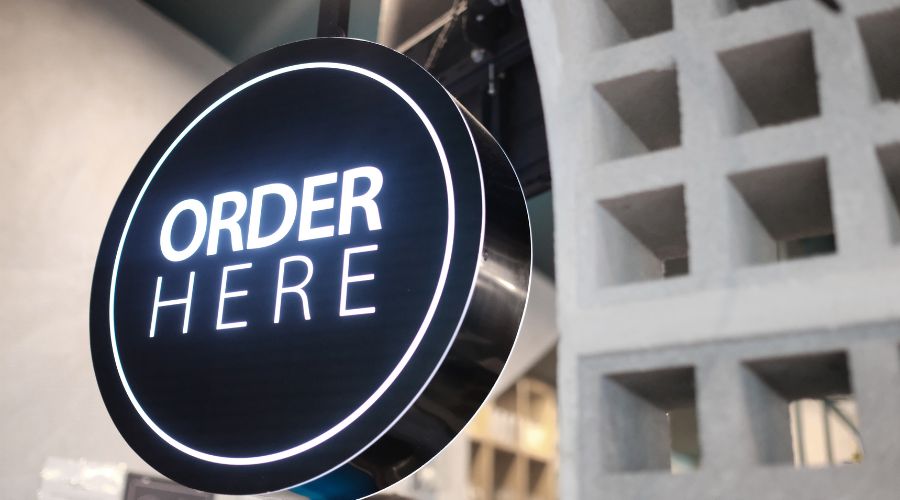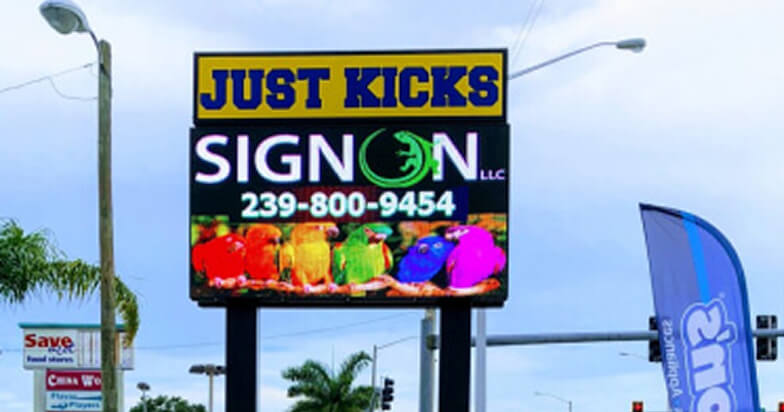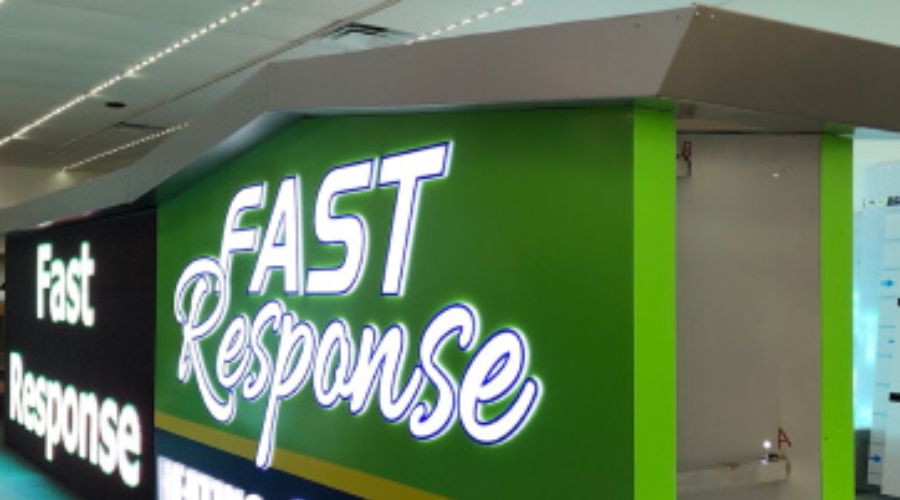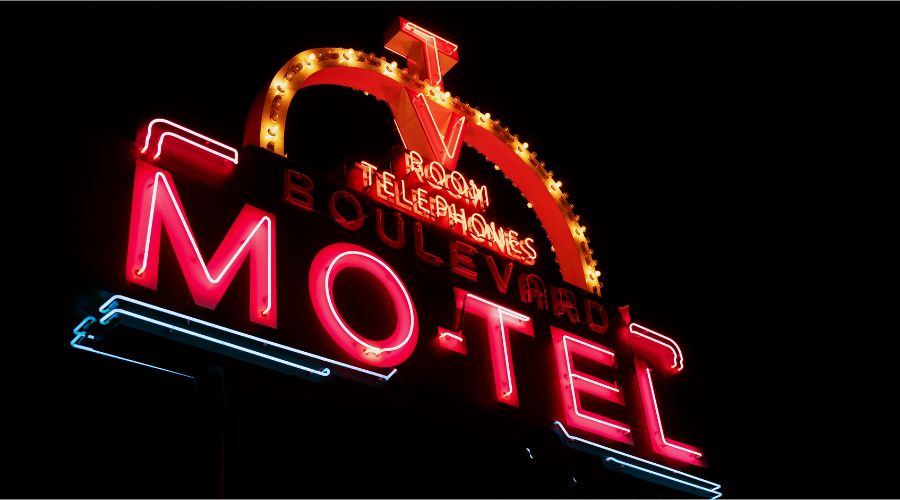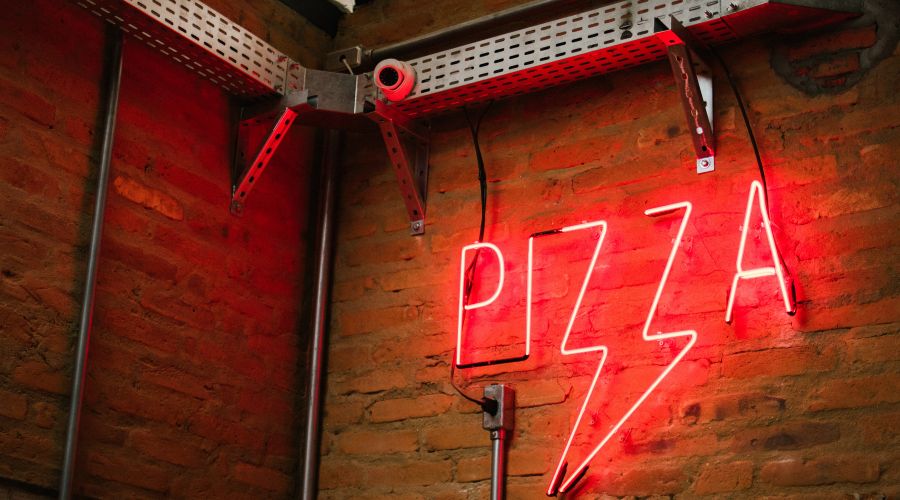Designing and scheduling content for LED signs refers to the process of creating and arranging digital messages to be displayed on electronic billboards or signs. The process typically involves creating visual elements such as images, videos, and text, and then scheduling when and how they will be displayed on the sign.
Designing and scheduling content for LED signs is crucial to ensuring that they are effective and engaging. Here are some tips for designing and scheduling content for LED signs:
1. Determine your goals: Before designing and scheduling content for LED signage, it’s important to determine what you want to achieve. Do you want to increase sales, improve customer engagement, or promote a specific event? Setting clear goals will help you create content that is relevant and effective.
2. Consider your audience: Think about who your audience is and what type of content will appeal to them. For example, if your audience is primarily young adults, you may want to use more visually appealing and interactive content.
3. Use high-quality graphics and visuals: LED signs allow you to showcase your products, services, and branding in a visually appealing way. Use high-quality graphics and visuals to attract and engage your audience.
4. Keep it simple: LED sign content should be easy to read and understand at a glance. Avoid using too much text or complex graphics that can be difficult to read or interpret.
5. Use a mix of static and dynamic content: Static content, such as logos and branding, can be used as a backdrop for dynamic content, such as promotions and special offers. This allows you to showcase your brand while still providing fresh and relevant content to your audience.
6. Use video wisely: Video can be a powerful tool for LED signs, but it’s important to use it wisely. Keep videos short and to the point, and consider using captions or transcripts for videos that include spoken content.
7. Use interactive content: Interactive content, such as polls or games, can help engage your audience and increase customer loyalty. However, be sure to keep interactive content relevant and appropriate for your audience.
8. Use data and analytics to guide content decisions: Use data and analytics to understand what types of content are most effective and popular with your audience. This can help you create more targeted and relevant content for your LED signs.
9. Schedule content carefully: LED signage content should be carefully scheduled to ensure it is relevant and timely. Consider the time of day, location, and audience when scheduling content to maximize its effectiveness.
10. Update content regularly: LED signage content should be regularly updated to keep it fresh and relevant. Consider using a content management system to easily update and schedule content for your LED sign network.
11. Test content before displaying it: It’s important to test content before displaying it on your LED signs to ensure it is functioning as intended and is easy to read and understand. This may include testing the brightness, color accuracy, and overall performance of the content.
By following these tips, you can effectively design and schedule content for your LED signage that will attract and engage your audience.
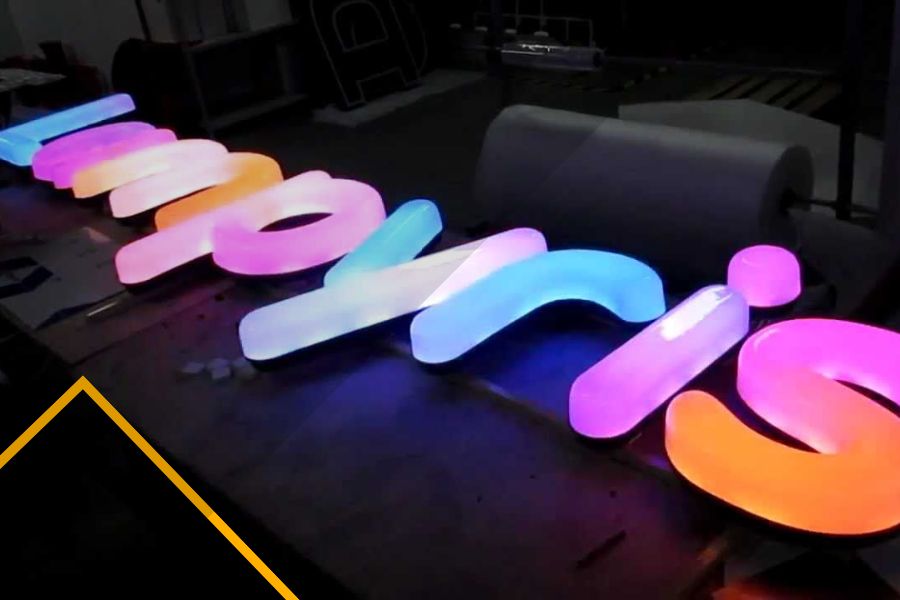
Process
The process of designing and scheduling content for LED signage typically involves the following steps:
- Identify the target audience and the message you want to convey.
- Create the visual elements, such as images, videos, and text, using graphic design software.
- Arrange the visual elements in a way that is visually pleasing and effective in conveying the message.
- Schedule when and how the content will be displayed on the sign. This may include setting specific times for the content to be displayed, or using sensors to display different content based on the time of day or weather conditions.
- Test the content on the sign to ensure it looks and functions as intended.
How can it help businesses?
Designing and scheduling content for LED signs shop can help businesses in a number of ways, including:
Attracting attention: LED signs are known for their bright and eye-catching displays, making them effective at drawing the attention of potential customers.
Delivering information: LED signs can be used to deliver a variety of information to customers, such as advertising promotions, upcoming events, or directions to a specific location.
Providing real-time updates: LED signs can be used to display real-time updates, such as weather forecasts or sports scores, which can be useful for businesses such as gas stations, convenience stores, or sports bars.
Enhancing brand visibility: LED signs can be used to promote a company’s brand, making it more visible to customers and helping to build brand recognition.
Significance
LED signs have become a vital tool for businesses of all sizes, as they offer a cost-effective and efficient way to communicate with customers. With its ability to reach a large audience in real-time and its flexibility to display various kind of information makes it very significant for businesses to have this tool. Furthermore, scheduling content for LED signs allows businesses to make the most of their investment by ensuring that the right message is being delivered at the right time.
Wrapping up:
Designing and scheduling content for LED signs is a crucial process for businesses, as it allows them to effectively communicate with customers and promote their brand.
At Sign On LLC, we understand the importance of creating visually pleasing and engaging content that effectively conveys your message. Our team of experienced designers and schedulers work closely with our clients to understand their specific needs and create custom content that meets those needs. We pride ourselves on our ability to provide real-time updates, and enhance brand visibility through our LED sign solutions.
With Sign On LLC, businesses can trust that their message will be delivered in a timely and effective manner. Contact us today to learn more about how our LED sign solutions can help your business grow.

